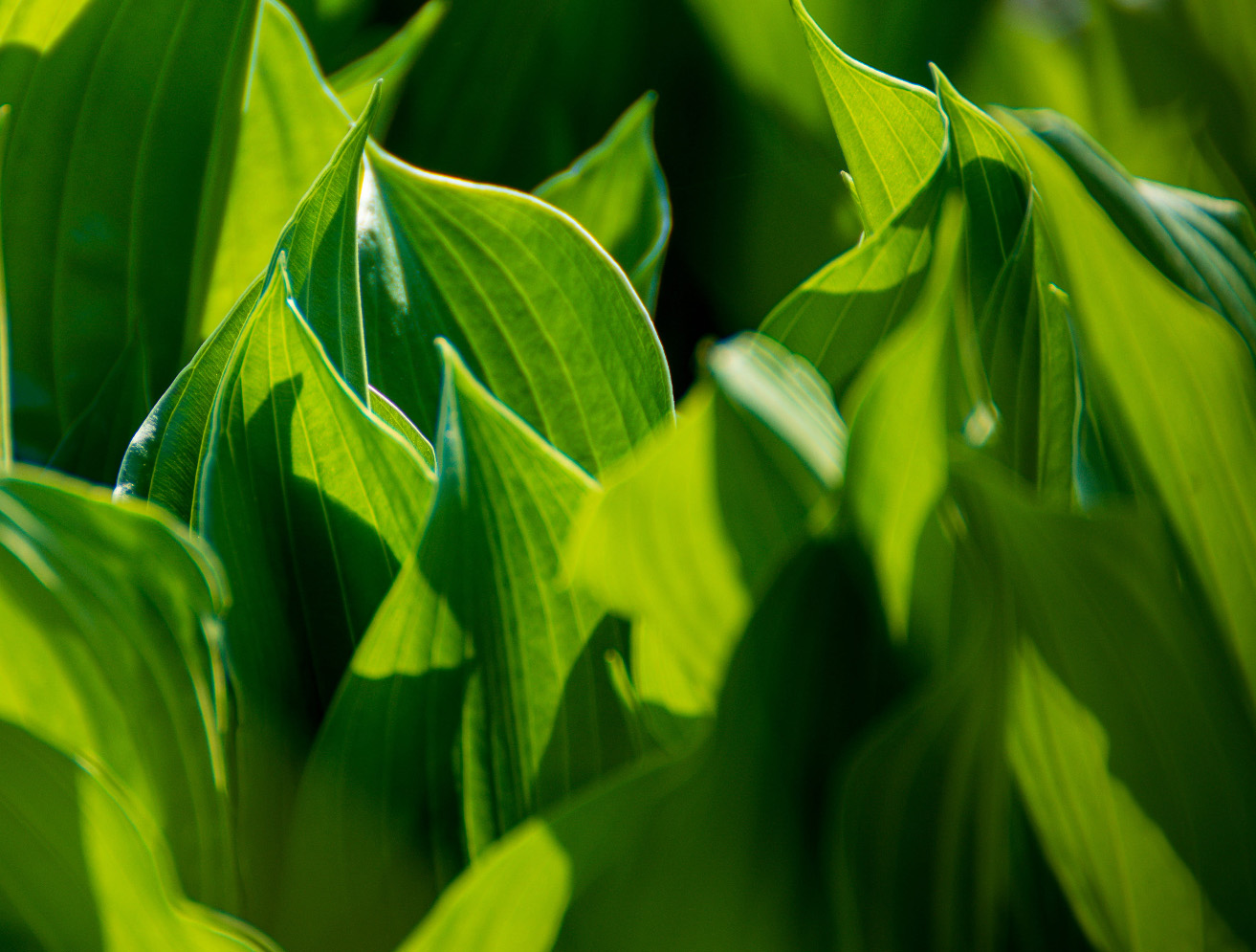|
10 minutes maximum! Can you do it in 5?
|
1. Plants and some other organisms use the process of photosynthesis.
Which of theses sentences gives the best definition of photosythesis?
- A. The process of producing food in a chemical reaction using the energy from sunlight
- B. The process of organisms taking in nutrients and water
- C. The process of plants getting rid of waste products
- D. The process of cells obtaining energy from glucose through a chemical reaction.
|
|
2-4: Can you complete the chemical word equation for photosynthesis shown here? |
|
|
|
5. Where in a plant does photosynthesis take place?
- A. in the roots
- B. in the branches
- C. in flowers
- D. in leaves
|
|
6. A chemical is present in plants that is vital for photsynthesis. it is green and gives all plants their green colour. What is this chemical called?
- A. chlorine
- B. glucose
- C. photochrome
- D. chlorophyll
|
|
7. Many plant cells have structures containing this chemical. What are these structures called?
- A. cytoplasm
- B. chloroplasts
- C. mitochondria
- D. cell membranes
|
|
8. Water is a vital part of the photosynthesis process. Where in a plant does this water come from?
- A. From leaves which absorb water from the air.
- B. From root hair cells which absorb water from the soil.
- C. From flowers which collect water from the rain.
- D. From the stem / trunk / branches of the plant or tree when it rains.
|
|
9+10. Leaves have many adaptations that help photosynthesis to take place. |

|
9. Which of these is NOT an adaptation that supports photosynthesis?
- A. leaves are thin so that gases can easily diffuse in and out of the leaf cells
- B. leaves have thin tubes (xylem) to supply water to the cells
- C. leaves have a curved surface to help collect water
- D. leaves have a large surface area to collect sunlight for photosynthesis
|
|
10. What are 'stomata'?
- A. holes in the underside of the leaf where carbon dioxide gas enters
- B. holes in the top of the leaf where oxygen gas enters
- C. thin tubes (vessels) that transport glucose around the plant
- D. the points in the leaf where sunlight is collected and photosynthesis occurs
|
|
|